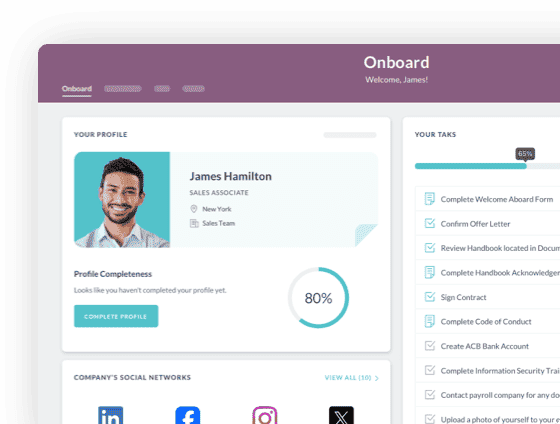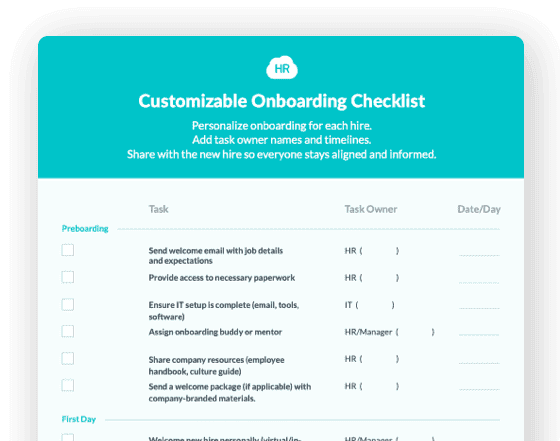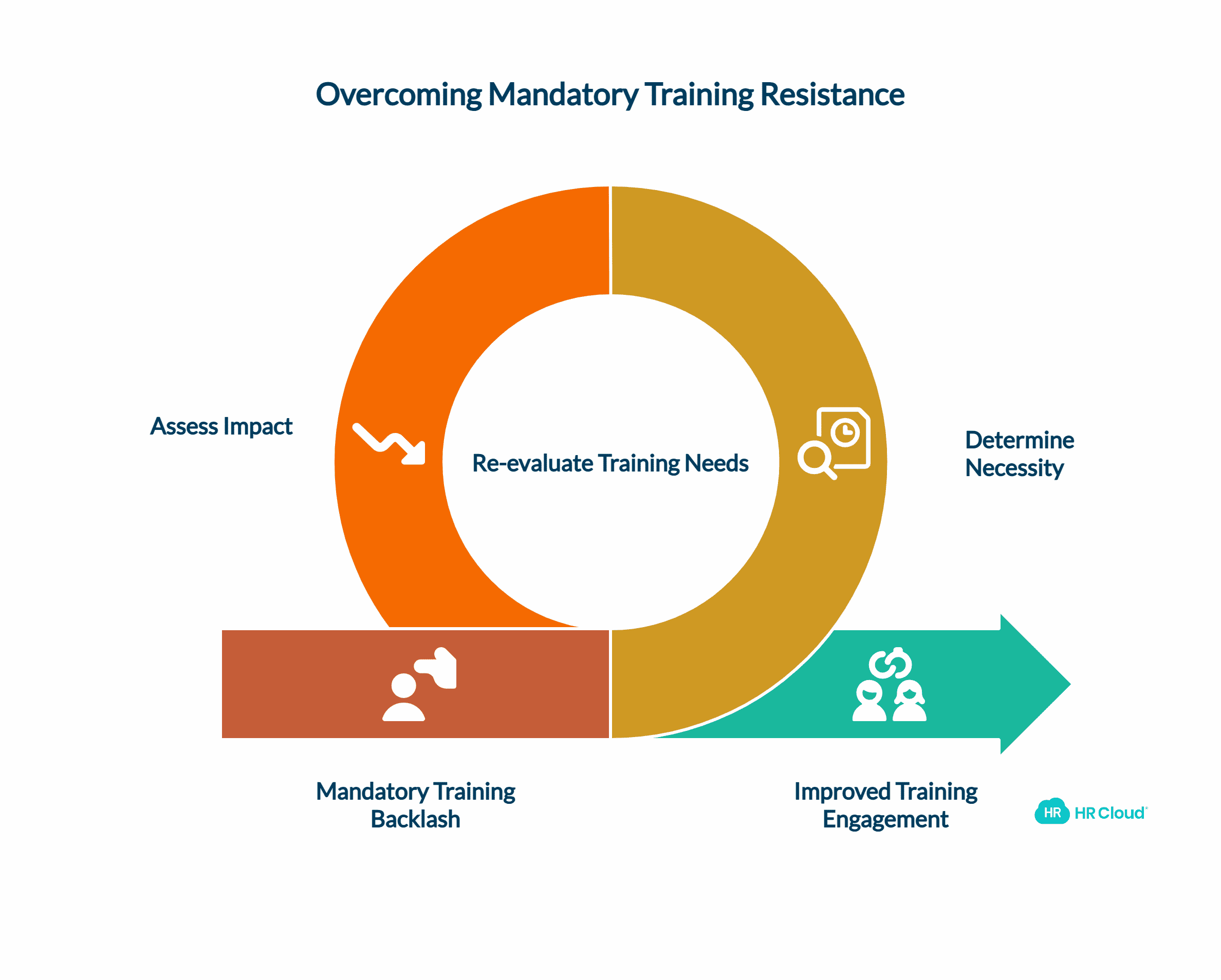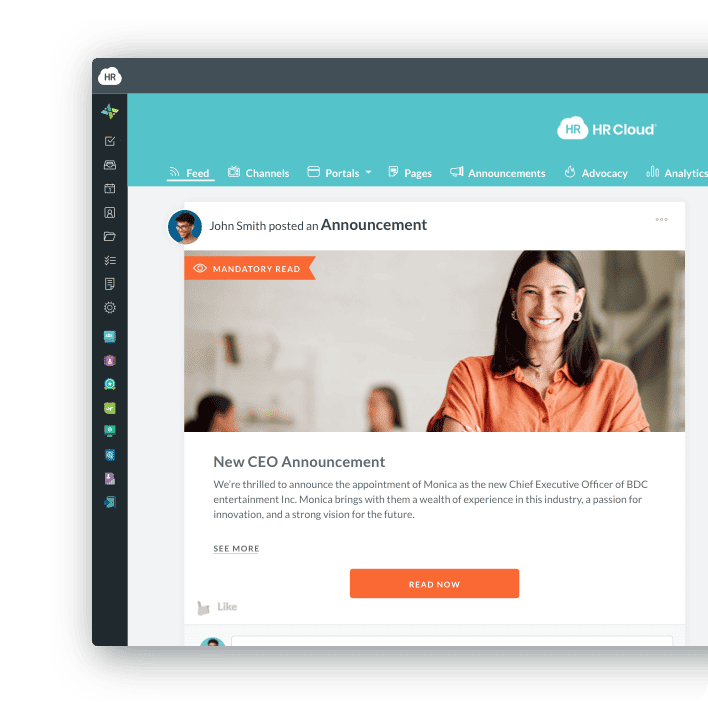Is Mandatory Training Really Mandatory? Is it Legal?



 Cut onboarding time
by 60%—here's the
Ultimate Checklist
that helped do it.
Cut onboarding time
by 60%—here's the
Ultimate Checklist
that helped do it.

Finding the right balance between workplace engagement initiatives and everyday work requirements can be tough. Employees have demanding schedules with filled calendars. But add in employee engagement training? Prepare yourself for all kinds of reasons why your employees can't make it. After all, you hired them to work, not just for professional development.
Training often becomes secondary and loses importance over time. And if every training session is labeled mandatory, well, you guessed it…it's like the boy who cried wolf. This approach can actually hinder efforts in engaging employees and improving employee engagement.
Mandatory = Negative
Employees hate the word mandatory. The thought of something that is mandatory and takes priority over everything else causes people to cringe. We've all heard the complaints about "mandatory" employee engagement training:
-
It's going to cause me to work over lunch to fit in the extra time.
-
Training is always scheduled on Fridays!
-
Again? We just had this training class 6 months ago!
-
I have client meetings.
-
They say it's mandatory, but I skip the sessions, and no one seems to care.
-
That training has nothing to do with anything I'm doing now. It's a waste of time.
Sound familiar? If you schedule training and routinely have employees decline your invite, let's try to determine if it's really mandatory to begin with and how it impacts staff engagement.
Is it Really Mandatory?
You've heard the water cooler talk, "All of this training accomplishes what exactly?" If your employees are drowning in training sessions and all are considered important, how can you expect anyone to take it seriously? To determine if a training session is really mandatory and contributes to workplace engagement, ask:
-
Is it compliance-related? If so, the answer is most definitely yes. The best way to handle this type of corporate training is to provide a few options and times that accommodate everyone. Compliance training is crucial and should be tied to performance goals and expectations. If it isn't, it can impact your business significantly. For example, you may lose contracts or the ability to bid on federal work if you are not successfully providing compliance training.
Provide enough time for employees to complete the training and send reminders with training links. For example, try to schedule a session on a Tuesday at 9 am and again at 2 pm. And maybe again on Thursday, later in the week, and a session the following Wednesday. Providing options gives everyone a chance to schedule work items around the training. It also removes the likelihood that someone will say they have a conflict. Avoid scheduling on Friday afternoons or early Monday mornings. If training is not completed, HR can escalate to leadership.
-
Is the training a recap of an earlier session? If you're trying to provide another session to grab those who missed the prior one, tailor your message to that group. Don't send out mass emails addressed to everyone. They will likely go ignored. Not to mention, you'll spark conversation over who is to attend and "I've already gone to that one, so I'm not going again" comments. At this point, everyone is confused, and no one takes it seriously. If you have it, use your mobile HR software to send out your targeted message to those who need it.
-
Is the word "mandatory" being overused? If it's not compliance-related, consider using another word that is more descriptive to engage your audience. Make training compelling and interesting. If employees feel that they will gain something useful, they'll be more likely to attend. Employees are interested in expanding their knowledge and regularly look for training programs and certifications. They do this because they are interested in the topic and understand how it relates to their profession and career growth. Tailor training for employee groups. Provide insight as to why it's important and how it relates to their individual performance, but also the success of the business.


Strike a Balance
Learning and development are important. We've established that. But what's specified as mandatory needs to be reevaluated. Provide a balance between mandatory and "nice to haves." Let's face it, not every training session is a priority. Follow these tips to enhance employee engagement:
-
Schedule training in advance and give multiple options for completion, including virtual training and microlearning opportunities.
-
Determine which trainings are a priority and schedule those around the others that are "less mission critical." Mix it up. Don't schedule everything at the beginning of the year.
-
Use the employee's birthdate as an "anniversary" for completion of high-priority training that is required to be accounted for on an annual basis.
-
Utilize your employee engagement software to find out what training your employees would be most interested in and tailor some to their needs.
-
Get leadership support. The company culture should support training and encourage everyone to participate in a timely manner. Training is just as important as client work or project deadlines. If leaders are skipping training, the message is clear. It's not of value. Change the message.
-
Send clear messages. If training is required, don't apologize for it. I've been to sessions and the instructor says, "I'm sorry that you all have to be here. I know you've heard this before, but we have to do it again." Wrong message.
Add Value
Balance your training with value. Engaged employees are more willing to participate if they understand the why. If it's ambiguous and appears to have no relevance to the job or to the business, no one will care. Understanding goes a long way in helping to find that balance of having to and wanting to.
To increase employee engagement and ensure training effectiveness, consider incorporating interactive training methods such as scenario-based learning and interactive video training. These approaches can significantly improve learning outcomes and make the training experience more engaging.
Measuring employee engagement and training effectiveness is crucial for continuous improvement of your employee engagement programs. Use surveys, feedback sessions, and performance metrics to gauge the impact of your training initiatives on workplace engagement and skill development.
Interested in more articles about HR? Look no further!
FAQ's
1. Why do employees resist mandatory training?
Ans: Employees often see mandatory training as disruptive to their workflow. They may feel it’s irrelevant, repetitive, or poorly timed, leading to low attendance and engagement. Using the word “mandatory” too often can create resistance and reduce perceived value.
2. How can organizations make mandatory training more effective?
Ans: Effectiveness increases when training is scheduled with flexibility, tied to compliance or performance goals, and tailored to relevant employee groups. Providing multiple time options, mobile access, microlearning, and clear communication of the training’s purpose improves engagement.
3. Is all training really mandatory for employees?
Ans: Not necessarily. Only compliance-related or critical performance-based training should be labeled mandatory. Other sessions, like professional development or refresher courses, should be positioned as “recommended” or “optional,” with clear relevance to the employee’s role and career growth.
4. How can employee engagement software help with training?
Ans: Engagement platforms can identify which training employees find most valuable, target messages to specific groups, track completion, and allow microlearning. They help organizations balance required and optional sessions, improving participation and learning outcomes.
5. What strategies improve employee participation in training?
Ans: Schedule in advance and provide multiple options.
Mix high-priority and less critical trainings throughout the year.
Incorporate interactive methods (scenario-based learning, videos).
Clearly communicate the value and relevance to both individual performance and business goals.
Ensure leadership models participation and reinforces its importance.

Keep Reading
Embracing Diversity: Recognizing Different Cultures in the Workplace
Workplaces today reflect the incredible diversity of the world around us. People bring
Employee Engagement Intranet Tools: A Practical Buyer's Guide for 2025
"We improved our communication effectiveness by 40% within the first 90 days of
Best Digital HR Solutions for Workforce Engagement in 2025: Complete Buyer's Guide
Modern workforce engagement software isn't just about surveys and recognition. It's about
Like What You Hear?
We'd love to chat with you more about how HR Cloud® can support your business's HR needs. Book Your Free Demo

Build a Culture of Recognition. Boost Engagement. Guaranteed.
Workmates empowers employees to stay informed, connected, and appreciated—whether they’re on the front line, in the office, or remote. Recognition drives 12x higher engagement.Trusted by industry leaders in every sector




Cut Onboarding Costs by 60%.
Take the confusion and follow-ups out of onboarding with automated workflows, digital forms, and structured portals—so new hires ramp faster 3X quicker.Trusted by industry leaders in every sector




